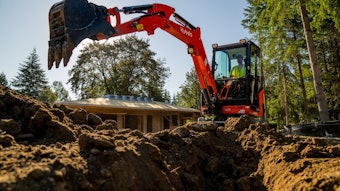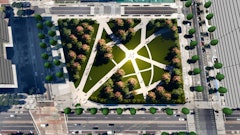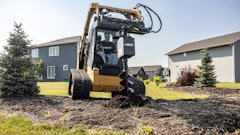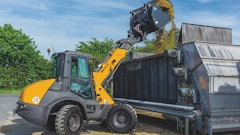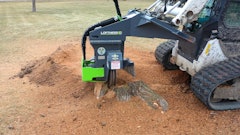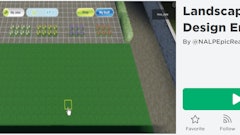
You’ve designed the perfect landscape for summer and fall, but will your client be able to enjoy your design during the winter months? Well, the record-breaking cold spells much of the country has experienced this winter might make that pretty difficult, especially for contractors in the snowbelt. But Polar Vortices aside, landscape elements like evergreen trees and building shelters can help you design a landscape that can be used in all seasons.
Evergreens. A great way to guarantee year-round color in your landscape design is to include evergreens. Evergreen plants, by definition, have leaves or needles in all four seasons and are always green. Don’t limit yourself to the traditional pine tree either. Other evergreen trees and shrubs you can use include conifers such as hemlock, blue spruce or red cedar, gymnosperms such as cycads, and live oak or holly. Using evergreens as part of a new landscape design gives you a solid, green base to build around.
Leave spots for seasonal color. You’ve got your base; now it’s time to build. A good landscape design is a flexible landscape design, so be sure to leave spots to add seasonal plants. Using flowers and foliage that look different during different times of the year is key to embracing seasonal changes and creating a design that is flexible enough to remain fresh and look good year-round.
Shelters. To protect seasonal plants from the elements, you could even incorporate a form of shelter in your design. Consider designing around a gazebo, for example. A gazebo or a wooden canopy can protect certain plants while providing added design opportunities. Gazebos are available in just about any style, or you could build your own. Integrating a gazebo into the design also gives you a functional area, one from which your client can sit and enjoy your design when it’s complete.
Greenhouses. Protecting plants in a greenhouse is another good idea for creating all-season landscapes, as a greenhouse eliminates the threat of inclement weather. Greenhouses give you the freedom to select almost any plants because they can grow unimpeded.
Do your plant research. Whether you’re finding seasonal plants or looking for exotic plants to put in your greenhouse, you should always research the plants you intend on using. For example, if you don’t have the time or patience to care for plants that require a high level of maintenance just to bloom for one month, you probably shouldn’t include them in your design. You can research most plants online, or consult a horticultural expert on the plants in question.
Back off on fertilizing. Plants, similar to some animals, put themselves into a sort of “hibernation mode” right before winter. Fertilizing plants during this period will keep them from properly preparing themselves, and they will not be able to fully recover when spring rolls around. You’re better off denying the urge to fertilize and squeeze a few extra weeks of color out of your design, instead allowing your plants to go through their natural preparations.
About the Author: Jeff Caldwell is Brand Manager of Litchfield Landscape Elements in Carrollton, GA. Accepting shelter design challenges from designers, landscape architects and architects around the world, Litchfield Landscape Elements creates custom shelters, gazebos and pergolas specific to your outdoor needs.




